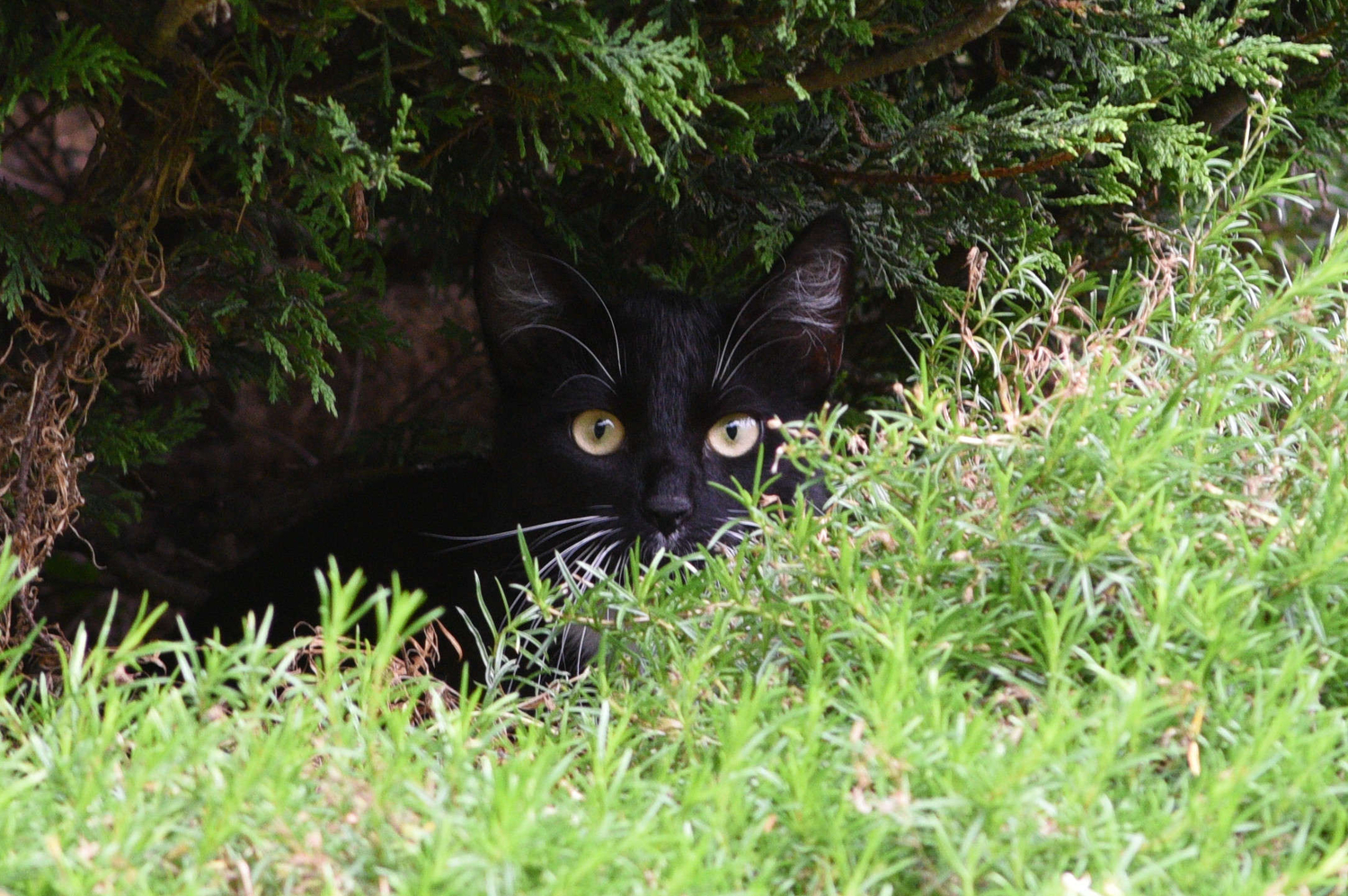farlymac
PF McFarland
AF Nikkor D lenses, to be exact. On a Nikon D610.
I knew I held on to them for a reason. Plus I recently added the 80-200/2.8D, and man it works as advertised.
First up is the AF Nikkor 28-105/3.5-4.5D that I've had for quite a while. It kind of languished after I got a 24-120 for a main lens. It's going to get more use now.

Last Employee by P F McFarland, on Flickr

Japanese Beetle Among The Lichen by P F McFarland, on Flickr
I used a monopod on the 80-200 because it is a metal monster.

Quarry @ 200mm by P F McFarland, on Flickr
But maybe I don't need the pod all the time.

Handheld @ 200mm by P F McFarland, on Flickr
The 28-105 should be my carry-around lens, if it wasn't for the weight of the D610 precluding it from being a carry-around camera.

Some Welcome Rain by P F McFarland, on Flickr
My flock of D lenses could keep me happy until I finally switch over to the Z mount system. I mean they'll have to, because that could be a while.
You can see all the photos from the tests along with specs and commentary at https://flic.kr/s/aHsmWgAcn8
PF
I knew I held on to them for a reason. Plus I recently added the 80-200/2.8D, and man it works as advertised.
First up is the AF Nikkor 28-105/3.5-4.5D that I've had for quite a while. It kind of languished after I got a 24-120 for a main lens. It's going to get more use now.

Last Employee by P F McFarland, on Flickr

Japanese Beetle Among The Lichen by P F McFarland, on Flickr
I used a monopod on the 80-200 because it is a metal monster.

Quarry @ 200mm by P F McFarland, on Flickr
But maybe I don't need the pod all the time.

Handheld @ 200mm by P F McFarland, on Flickr
The 28-105 should be my carry-around lens, if it wasn't for the weight of the D610 precluding it from being a carry-around camera.

Some Welcome Rain by P F McFarland, on Flickr
My flock of D lenses could keep me happy until I finally switch over to the Z mount system. I mean they'll have to, because that could be a while.
You can see all the photos from the tests along with specs and commentary at https://flic.kr/s/aHsmWgAcn8
PF




